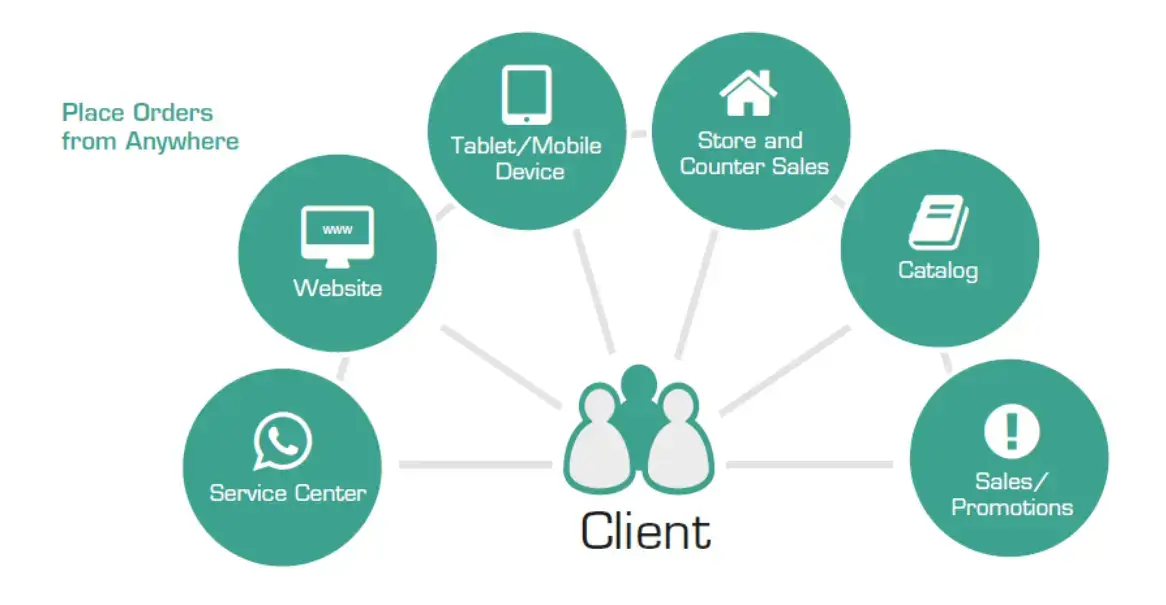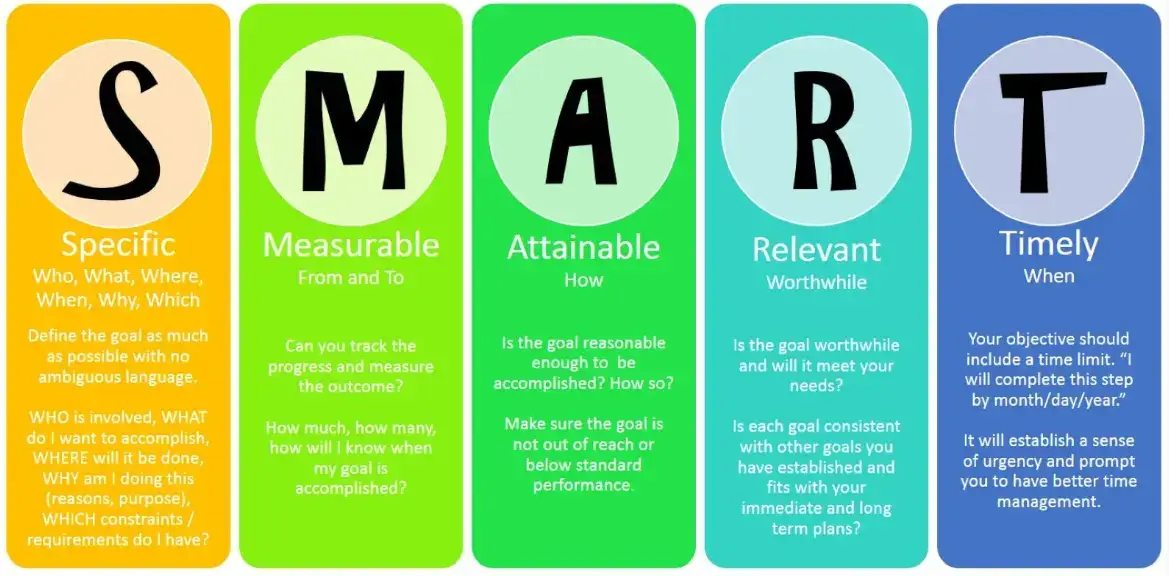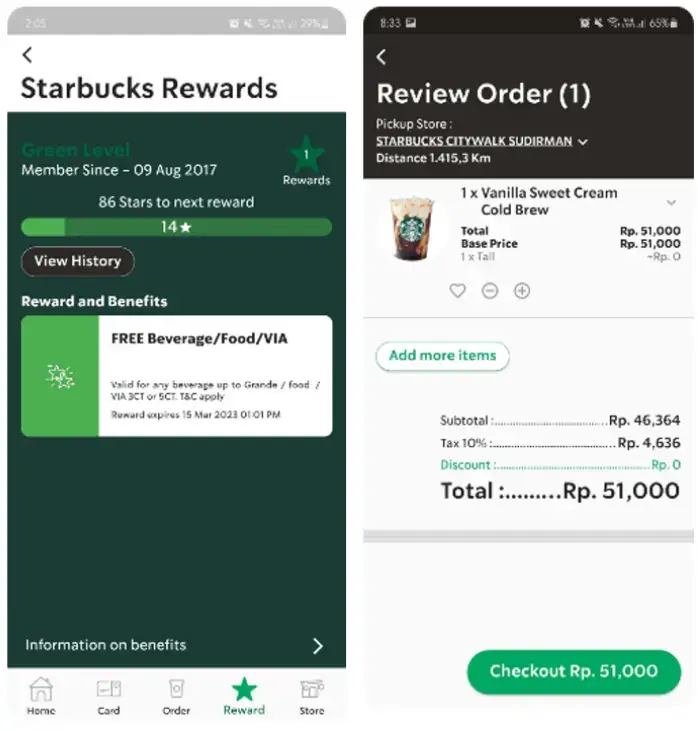Have you ever wondered how eCommerce giants like Flipkart and Amazon create a shopping experience that feels effortlessly interconnected, regardless of whether you're browsing their website or using their mobile app?
The answer lies in their mastery of creating a seamless omnichannel experience. In today's digital age, this approach is not just a luxury but a necessity for any eCommerce business aiming to thrive.
Omnichannel is an integrated approach to marketing and sales that aims to provide customers with a collaborative and consistent experience across all touchpoints, whether online or offline.
It is about breaking down the differences between various communication and interaction modes and creating an integrated customer journey.
Doing so is essential, especially for an eCommerce platform, as it helps you improve customer engagement, foster loyalty, provide data-driven insights, and offer a competitive edge by being consistent.
This includes effective SEO link building strategies to boost your online visibility and website authority.
Skip to:

Source
The more consistent you are, the more solid the brand-customer relationship becomes and retains customers.
At the same time, the data generated through omnichannel marketing can help you analyze your customer's behavior much better.
As you engage with your customers across multiple touchpoints, omnichannel strategies boost your eCommerce conversion rates and improve the customer experience while attracting new customers through word-of-mouth marketing.
The Elements of a Seamless Omnichannel Experience
- A unified customer profile
- A consistent brand experience
- Real-time inventory tracking
- Seamless order management
- Integrated payments
There are several things that come into play when implementing an omnichannel experience. Some of these crucial elements are:
1. A unified customer profile
Knowing your customers is necessary to provide a seamless omnichannel experience for any customer.
A unified customer profile helps you better understand your customers, no matter how and where they shop, whether in one of your nearest stores, mobile app, or social media.
By collecting complete information about each of your customers, you can personalize your marketing efforts and recommendations, which can lead to higher customer satisfaction and increased sales.
No matter how your customers buy from you, you can always have their preferences and purchase history ready, which you can use to make things and interactions more pleasing and appealing.
2. A consistent brand experience
Maintaining consistency in your branding helps you build trust and retain your customers.
Whether your target customers see your brand on your website, on social media, in a physical store, or through email, they should see and feel the same.
This equality in your brand's identity makes it simple for your customers to identify it as you.
When your branding is consistent, customers feel more confident and comfortable, and they are more likely to stick with your business emotionally because they know what to expect.
It is like meeting an old friend—familiar and comforting.
3. Real-time inventory tracking
Real-time inventory tracking prevents frustrating moments like out-of-stock items or incorrect product information.
It is like knowing what is in stock at your customer's favorite store at any moment.
With this element, you can provide accurate stock information to your customers across all your communication and interaction channels, ensuring that what is displayed online matches what is available in stores.
It reduces the risk of overselling and improves customer trust as they can confidently make purchase decisions, knowing they will receive the items, whether ordering online, visiting a physical store, or using other channels.
4. Seamless order management
Seamless order management simplifies the purchasing process for your customers. It means the buying process is smooth, whether your customers purchase online or in-store.

They can track their orders in real-time as you handle orders quickly, resulting in happier customers and higher conversion rates.
Also, it is about improving consistency and efficiency by building better coordination between online and offline sales channels.
5. Integrated payments
Integrated payments simplify the checkout process by allowing your customers to pay for their purchases using their preferred mode of payment.
From debit to credit cards and cash to digital wallets, you must accept various payment methods to make sure that your customers can focus on shopping instead of payments.
This will result in a smooth customer experience while meeting your target sales.
This convenience improves the overall shopping experience for your customers while lowering the chances of cart abandonment. It increases sales and remains one of the crucial elements of a seamless omnichannel experience strategy.
How to Create a Seamless Omnichannel Experience
- Assess your current customer journey
- Identify your pain points
- Develop a plan
- Implement your plan
Creating a seamless omnichannel experience for your eCommerce business involves a strategic process, including:
1. Assess your current customer journey
Begin by conducting an NPS survey to thoroughly assess your existing customer journey across all channels. Dig deep into how your customers interact with your brand online and offline.
This step involves mapping out every touchpoint, from the first visit to a physical store or website to the final purchase and post-purchase interactions.

By understanding the current state of your omnichannel experience, you can pinpoint areas that require improvement and gain insights into your buyer’s persona and customer behavior.
2. Identify your pain points
Once you have mapped out your customer journey, you must identify the pain points that hamper a seamless experience.
From inconsistent branding and disconnected systems to customer communication challenges, you must understand every possible pain point to move ahead with the plan.
Pay attention to the feedback of customers, conduct surveys, and gather data to pinpoint areas of frustration or confusion.
By identifying these pain points, you can address them effectively in your omnichannel strategy.
3. Develop a plan
With a clear understanding of your current customer journey and identified pain points, it is time for you to create a promising and actionable omnipresent strategy.
Your plan should outline specific actions and strategies to improve the omnichannel experience. You can do it better by setting SMART (Specific, Measurable, Achievable, Relevant, and Time-bound) goals.

These SMART goals may involve investing in new technology, improving team communication, or refining your brand messaging to ensure consistency across all channels.
A well-thought-out plan serves as a roadmap to guide your efforts toward creating a seamless omnichannel experience.
4. Implement your plan
Implementation is where your vision for a seamless omnichannel experience becomes a reality. Execute your plan one at a time, one after another, with all the top management of your company.
This phase requires collaboration and coordination among various teams, including marketing, IT, and customer service. Using team collaboration tools can be helpful when executing your plan.
By effectively implementing your plan, you can bridge the gaps identified in the assessment phase and address the pain points, eventually providing your customers with a seamless omnichannel experience.
Providing a seamless omnichannel experience can differentiate your business from a crowded eCommerce space by helping you succeed in meeting customer expectations.
For instance, you have various options when ordering coffee from Starbucks. You can use their mobile app, online platform, or even talk to voice assistants like Alexa to place an order.

This process is even more interesting because you can easily switch between these options. You can order and customize the coffee from your phone and pick it up later from the store on your way to work.
They use your purchase history to guess your preferences and suggest things you would more likely purchase, improving the bond between you and them.
This seamless integration of both online and offline channels improved customer satisfaction and boosted sales and brand loyalty, making it a perfect example of omnichannel success.
Read more about customer loyalty.
Conclusion
The future of eCommerce lies in providing a seamless omnichannel experience.
As technology evolves and customer expectations shift, businesses prioritizing omnichannel strategies will be on their way to success.
eCommerce businesses must harness the opportunities that omnichannel marketing strategies offer to capture customers’ attention and watch their company thrive in this competitive landscape.

